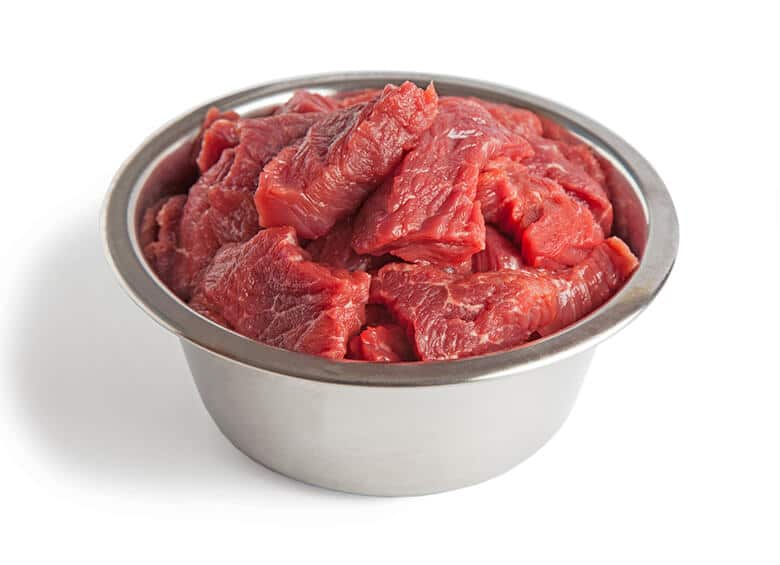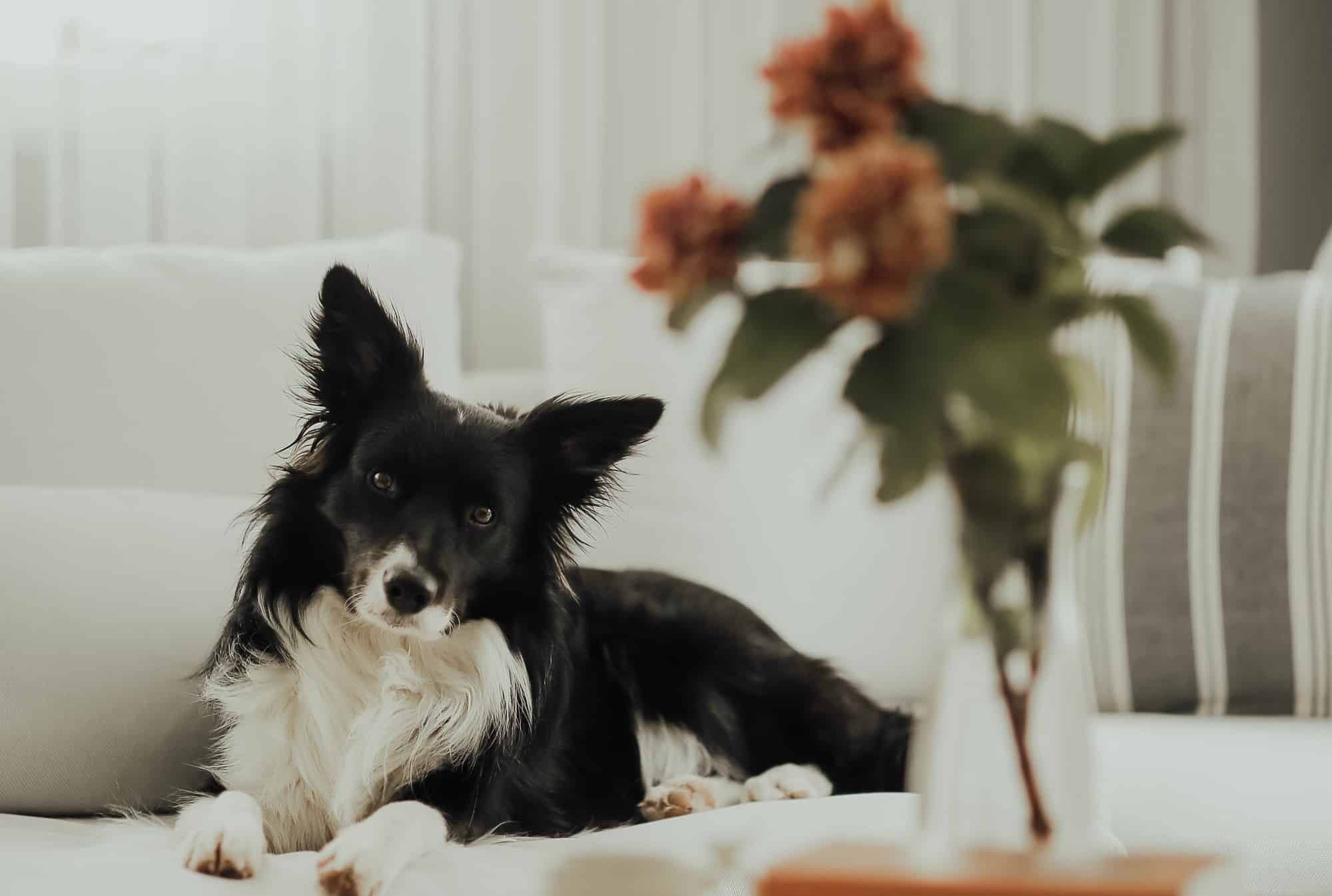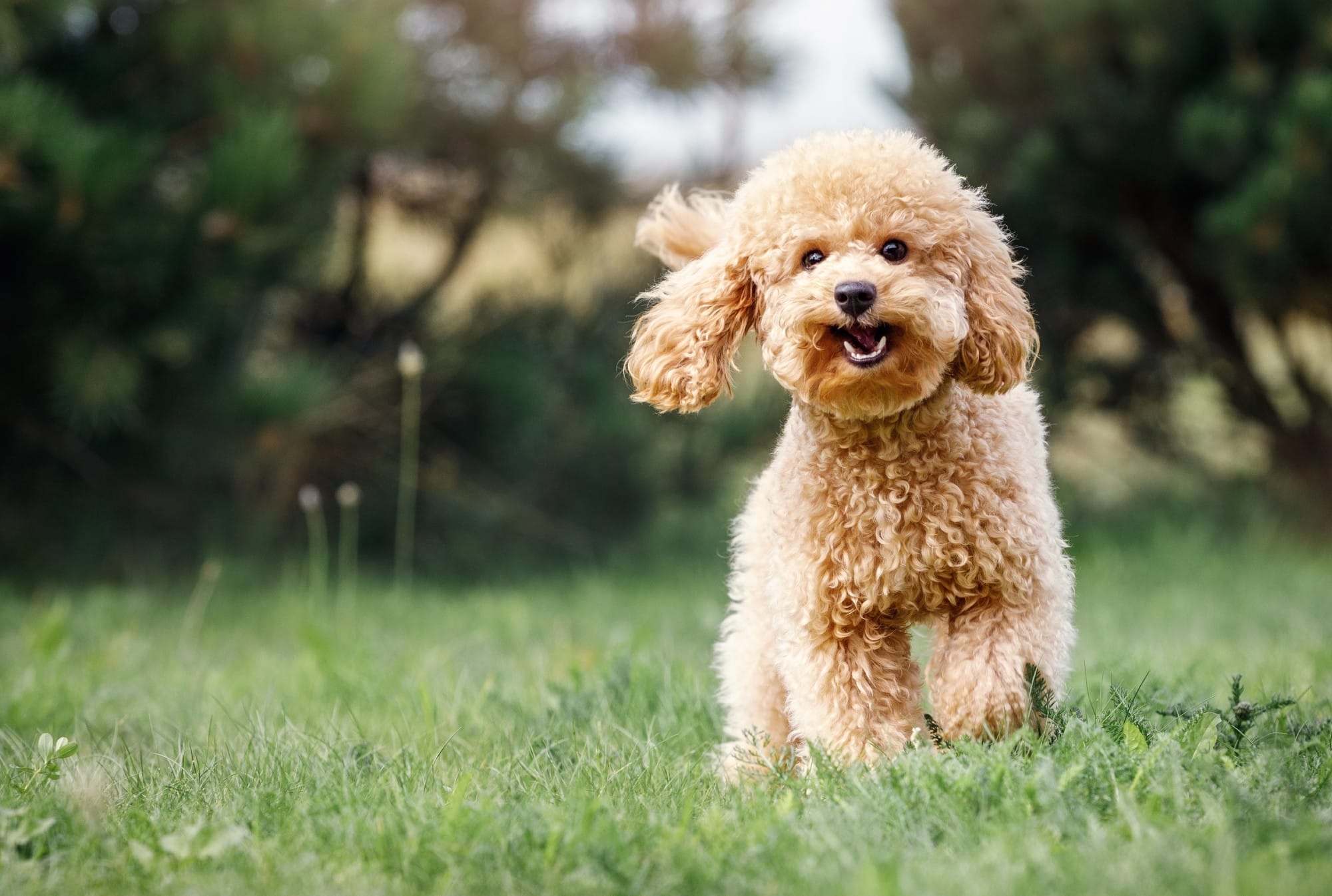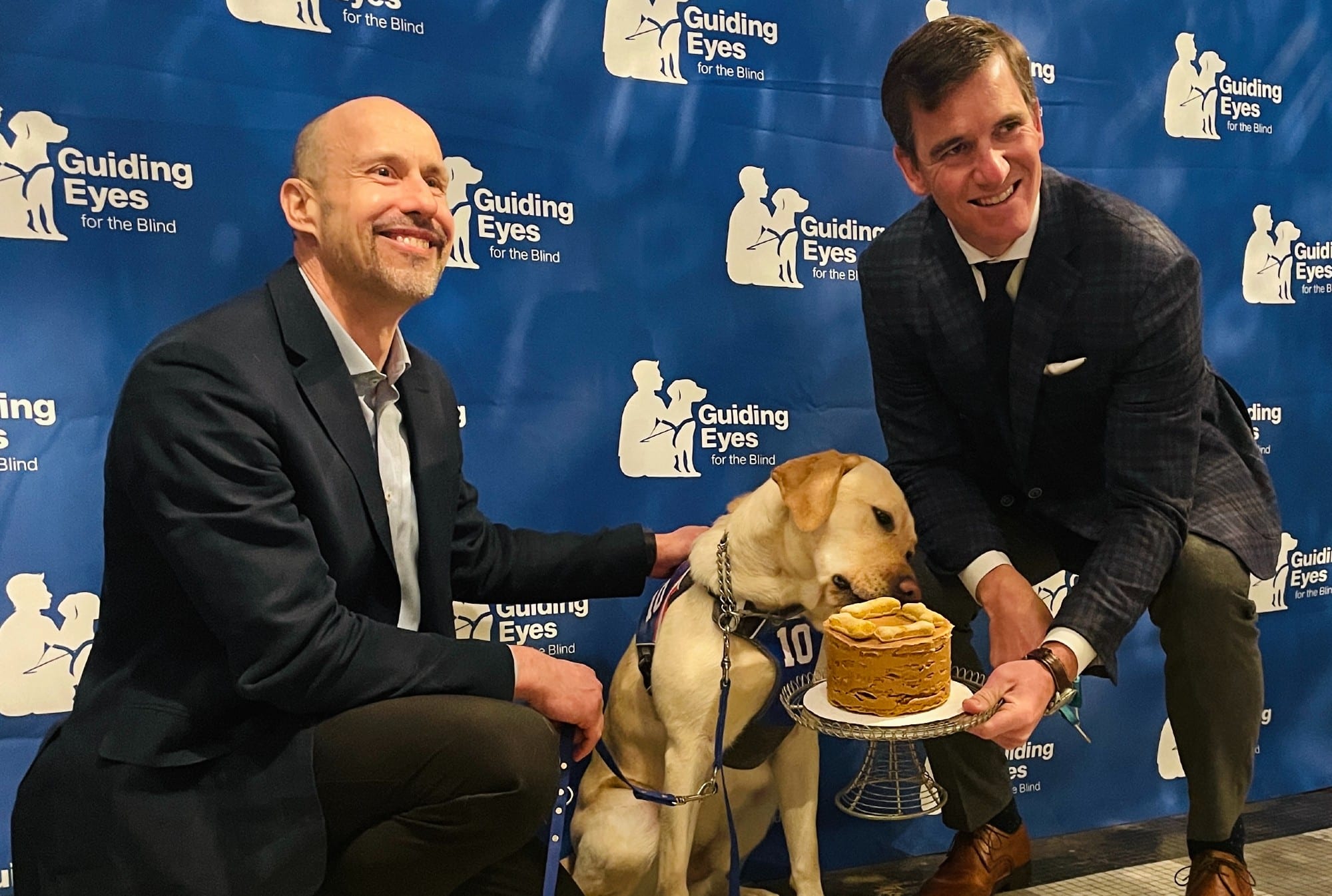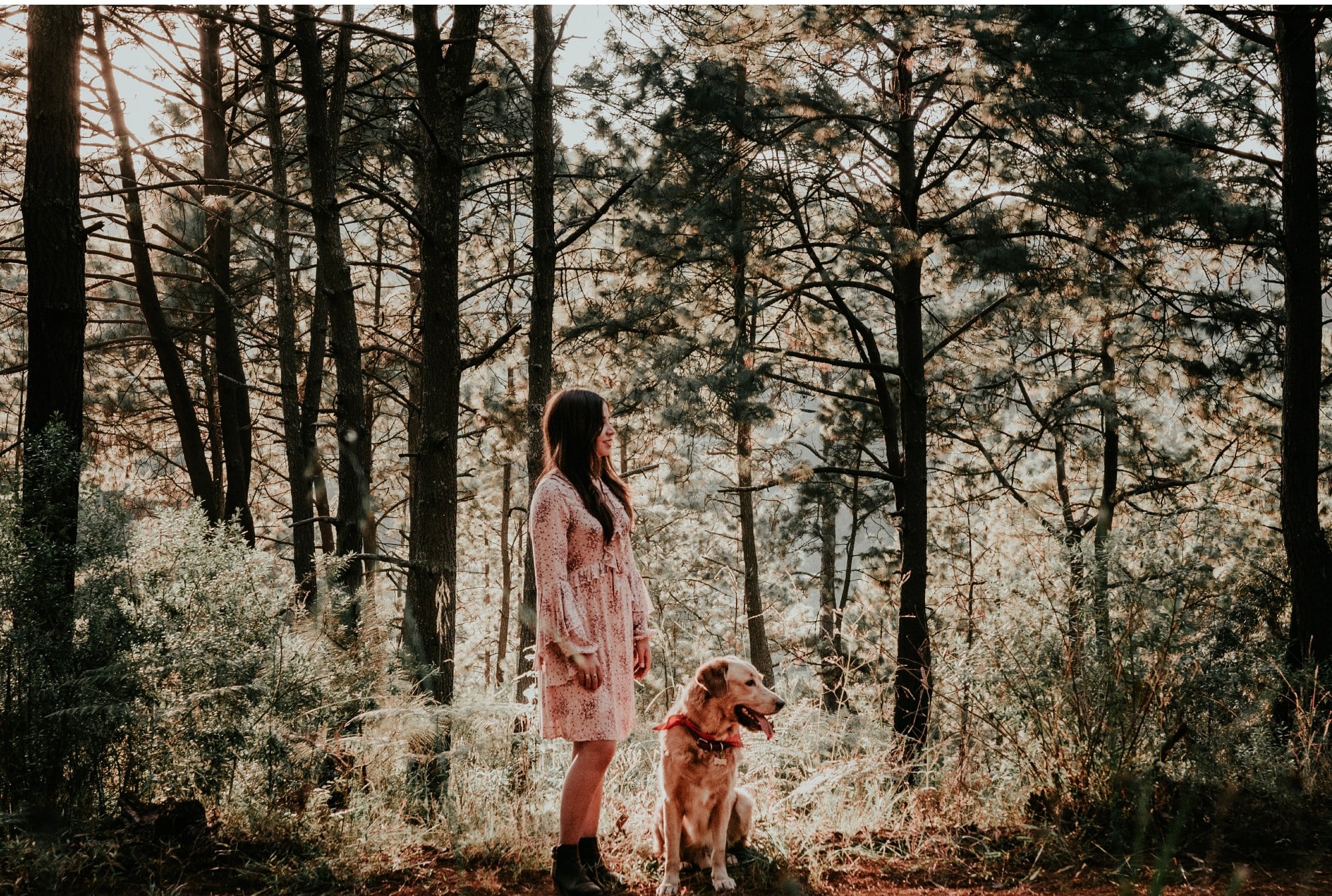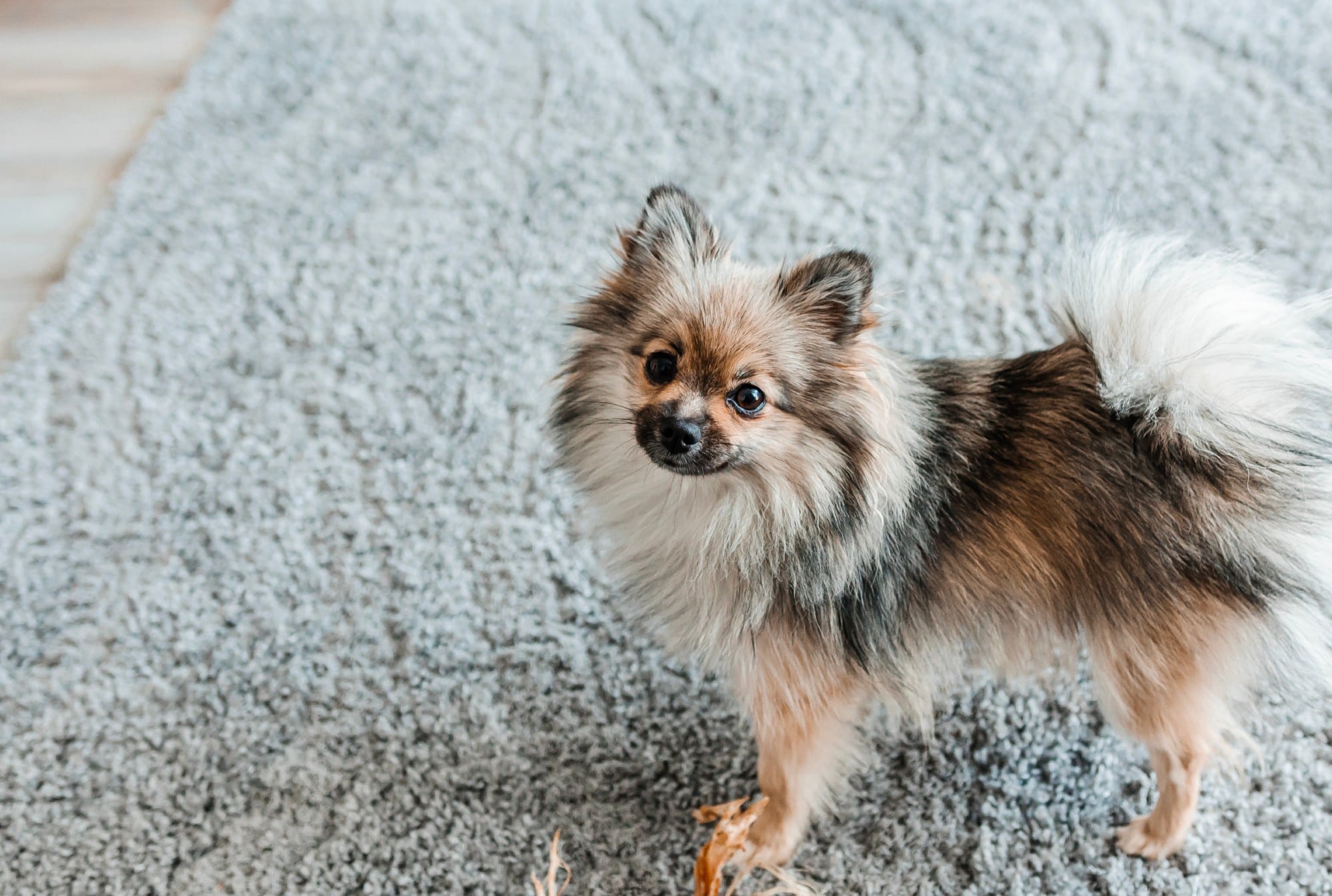If you feed your dog raw meat (or lightly cooked), and you’ve bought ground beef recently, you may be putting your dog at risk.
Cargill Meat Solutions — one of the biggest, if not the biggest meat processor in our country — issued a recall on September 19. 2018, of approximately 132,606 pounds of ground beef due to possible E. coli contamination.
To date, 18 people have become sick, six have been hospitalized and one person has died. The recall is for different varieties of three- and 10-pound chubs of ground beef that were manufactured and processed on June 21, 2018 and have EST. 86R inside the mark of inspection. The “use/freeze by” date of July 11, 2018.
Related: Are You Storing Your Dog’s Food the Right Way? If Not, It Could Put Your Pup in Danger.
For the full list of products, go here. (You can find labels from recalled products here.) If you no longer have the packaging, these are the retailers that sold Cargill beef:
Meijer stores, Nationwide
Safeway stores, Nationwide
Sam’s Club stores, Nationwide
Target stores, California, Florida, and Iowa
If you find any of these products in your refrigerator, throw the whole package away. If you’ve cooked a recent batch of dog food with this beef, you should throw all of it away. For those who have questions, the Cargill hotline number is 1-844-419-1574.
Symptoms of E. Coli Infection
E. coli (Escherichia coli) is a bacteria found naturally in the lower intestines of dogs and other mammals. It usually doesn’t have any negative effects, but in large doses, it usually results in E coli infection. If left untreated, E. coli infection can be life-threatening, particularly in puppies and senior dogs.
Related: We Compared the Top Dog Food Delivery Companies on Ingredients, Price and What Makes Them Special
If you suspect your dog may have eaten contaminated meat, look for these symptoms:
Diarrhea
Vomiting
Lack of appetite
Dehydration
Rapid heart rate
Depression
Lethargy
Weakness
Low body temperature (cold skin)
Bluish-colored mucus membrane (gums, nostrils, ears, lips, and anus)
Most dogs, especially puppies and seniors, will need to spend a night or two in the hospital. Treatment consists of intravenous fluids, sometimes glucose and antibiotics.
Dangers of Raw Meat
There is controversy around the topic of feeding our dogs raw diets. One of the reasons is that raw diets may not be nutritionally complete. There isn’t even a consensus about whether dogs are carnivores or omnivores.
The other big issues, as shown by this recall, is that you not only need to be cognizant of various bacterias, like E. coli, entering your dog’s system, but you should be aware of the correct handling of raw meat. This advice is applicable to any raw diet, whether you buy raw dog food or make it yourself.
“The AVMA discourages the feeding to cats and dogs of any animal-source protein that has not first been subjected to a process to eliminate pathogens because of the risk of illness to cats and dogs as well as humans,” the American Veterinary Medical Association writes on its site.
Related: Here’s What Is in Dog Food That Causes Allergies — and What to Do About It
If you buy a pre-packaged raw food, frequently check the recall list on the AVMA site. Both homemade and store-bought raw food have risks.
If you decide that a raw diet is best for your dog, be very careful with the handling of raw meat.
Avoid Infection by Handling Raw Meat and Poultry Properly
Wash your hands thoroughly. If you handle raw meat or surfaces in contact with raw meat, you must wash your hands after with warm water and soap. But don’t just slap on some soap, run your hands under some water and call it a day. To properly eliminate germs and bacteria, you must wash your hands for at least 20 seconds.
Wash and disinfect all surfaces that have come in contact with raw meat. This includes kitchens surfaces, cutting boards, bowls, utensils and containers. Use hot soapy water and follow with a disinfectant, or use a dishwasher.
Don’t wash meat, seafood, or poultry first. This tends to spray any bacteria around the kitchen, to other food, and utensils.
Freeze raw meat until you are ready to use it. Defrost overnight in the refrigerator — not on the countertop or in the sink.
Keep raw meat separate from other food.
Refrigerator any leftovers. Do so immediately or throw away.
When using raw meat to cook your own dog food, be sure to cook it to a proper temperature. Use a meat thermometer. Guidelines for temperatures are here.
After your dog eats raw food, don’t let your dog lick your face or mouth. Also, refrain from kissing your dog on the face after eating. If your dog does lick you, wash the area. If you touch your dog’s face after, wash your hands.
Check out these tips for handling dog food and treats.
Related: How to Keep Your Dog Safe From the Everyday Toxins Lurking Around Your House













